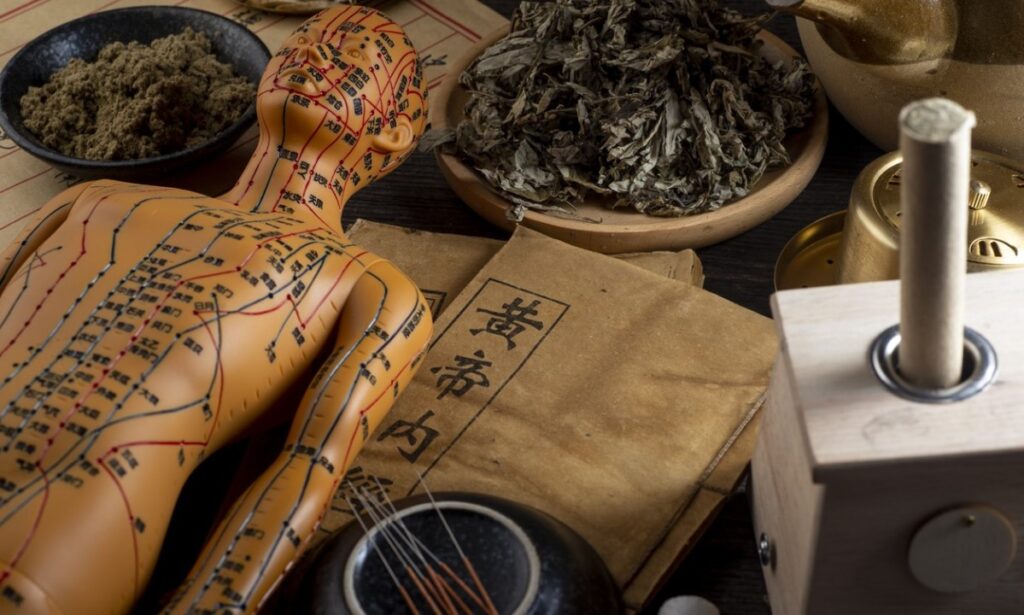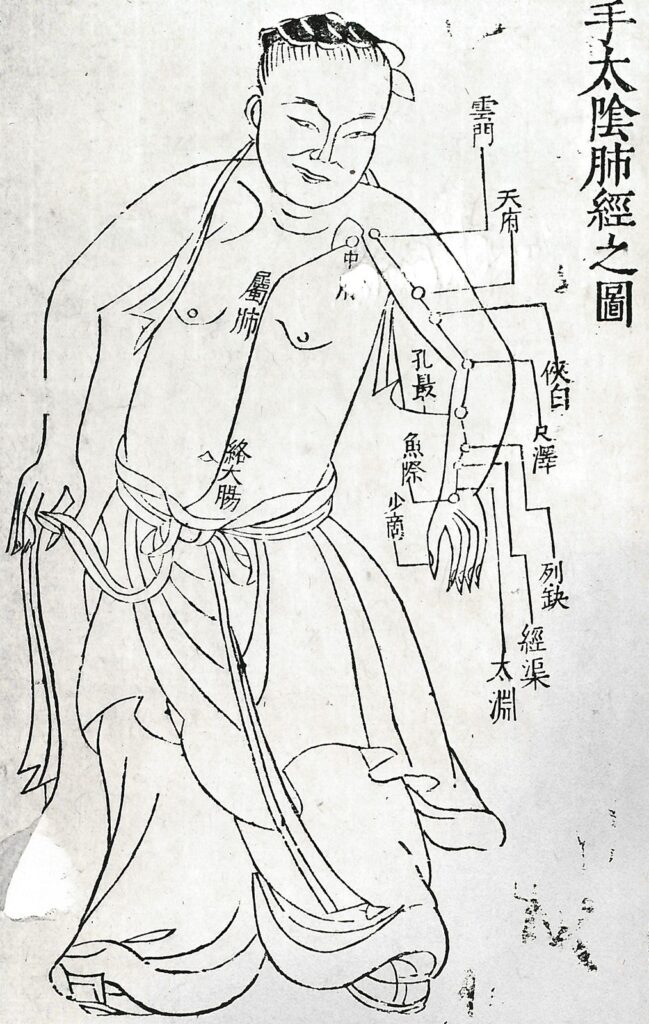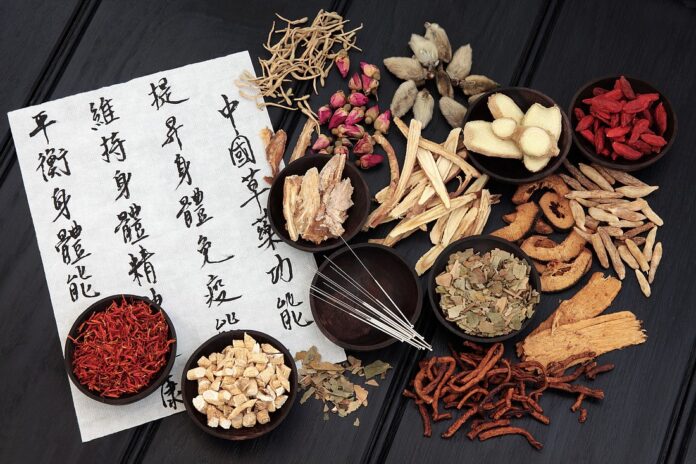In the bustling streets of Australia’s urban centers, a quiet revolution is underway within the realm of healthcare. Traditional Chinese Medicine (TCM), once regarded as exotic or alternative, is now finding its place alongside Western medical practices in clinics and hospitals across the country. As the demand for holistic healthcare grows, so does the curiosity and acceptance of ancient Chinese healing traditions among Australians of all walks of life.
In recent years, Traditional Chinese Medicine (TCM) has gained significant ground within Australia’s healthcare landscape, emerging as a complementary and alternative therapy to Western medical practices. Rooted in millennia-old philosophies of balance and harmony, TCM encompasses modalities such as acupuncture, herbal medicine, dietary therapy, and qigong, offering a holistic approach to healing that resonates with many seeking alternatives to conventional treatments.

One of the most visible manifestations of TCM’s integration into Australian healthcare is the widespread practice of acupuncture. This ancient technique, involving the insertion of fine needles into specific points on the body to promote the flow of Qi, or vital energy, has garnered scientific interest for its efficacy in pain management, stress reduction, and fertility enhancement. As a result, acupuncture clinics have become increasingly prevalent in Australian cities and suburbs, catering to a diverse clientele seeking natural and non-invasive therapies.

In addition to acupuncture, Chinese herbal medicine has also gained popularity as a natural alternative to pharmaceutical drugs. With a focus on personalized treatment plans tailored to individual needs, herbal medicine offers holistic solutions to various health conditions, drawing upon traditional herbs and plant-based remedies. As Australians become more health-conscious and environmentally aware, the appeal of natural therapies sourced from ancient traditions continues to grow.

However, the journey of TCM into Australian healthcare is not without challenges. Cultural and linguistic barriers, as well as questions surrounding regulation and standardization, remain significant hurdles to overcome. Yet, as Australians embrace a more holistic approach to health and wellness, the integration of Traditional Chinese Medicine into mainstream healthcare represents a harmonious convergence of East and West, ancient wisdom and modern science.


